How To Pick A Title For Your Book
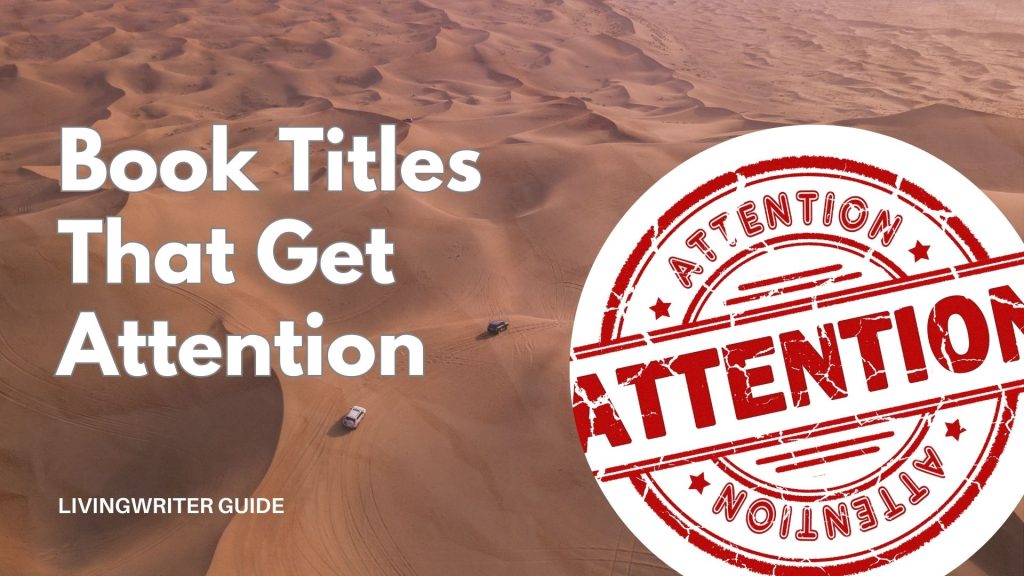
Choosing the right title for your book deserves careful consideration. After all, it’s the first impression your potential readers will have, and people do “judge a book by its cover.” Finding the perfect title takes work, and the initial idea you come up with is rarely the best. Your final title should accurately represent the book while also doing something to pique the viewer’s interest.
Today, I’ll be giving you 12 different strategies you can use to find the title that represents your story well, stands out in your genre, intrigues readers, and offers you a chance at success in terms of marketing. So, without further ado, let’s jump right into how to pick a title for your book.
Table Of Contents
12 Tips For The Perfect Novel Title
When picking a title for your novel, there are a few things to consider. While it’s tempting to initially pick something that means something to you as the author, it’s more important to think from the POV of potential readers.
That said, here are some different approaches you can take to find a good title for your book.
1. Be Authentic And Creative
Your title should give some accurate idea of what the reader can expect in terms of genre and topic. For example, “The Haunting of Hill House” is clearly horror and about the haunting of a house. While the genre and topic should be pretty clear, the title shouldn’t be generic.
You want to signal what the reader can expect, but create interest too. For example, it’s pretty easy to assume (correctly) that “The Love Hypothesis” is a romance novel. However, the word “hypothesis” adds an unknown element to the title that implies that it’s unlike other love stories the reader may be used to.
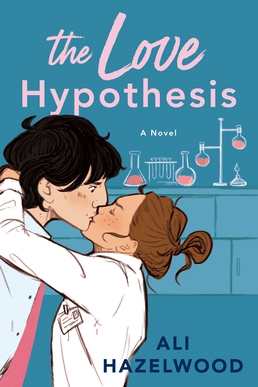
You can test potential titles by telling them to others and asking what they think the book might be about. If they’re way off, it might not be accurate enough. On the other hand, if they aren’t unsure about anything, it may be too direct.
2. Combine Emotion And Concrete Elements
It works well to pair a word (often called a “power word”) that evokes a strong emotion with a concrete noun that represents a tangible element within your story, such as a place, an object, or a character. Check out this article on 100+ Power Words You Should Use for some of the psychology on certain words and a list with some good options.
Combinations of emotional words and tangible things work on two levels: the concrete element provides a clear anchor for the reader’s imagination, while the emotional word hints at the underlying feelings and themes that drive the narrative. This creates a title that is both evocative and grounded. And trust me, you do need both.
If you make a title of only non-tangible things, say, “Genuine Love,” or “Forbidden Lust,” it lacks any real substance. In other words, what about genuine love? But two tangible things with no emotional element can be just as bad.
3. Use Some Contrast
Intrigue can often be generated by the unexpected juxtaposition of contrasting ideas or words within your title. Consider pairing seemingly opposite concepts. Of course, light and darkness, silence and sound, life and death, etc, are overused, but there are endless possibilities here.
For example, look at The Elegance of the Hedgehog by Muriel Barbery. Elegance is not something usually associated with a hedgehog. Strange pairings like this are great for creating curiosity about the conflict or relationship of the book.
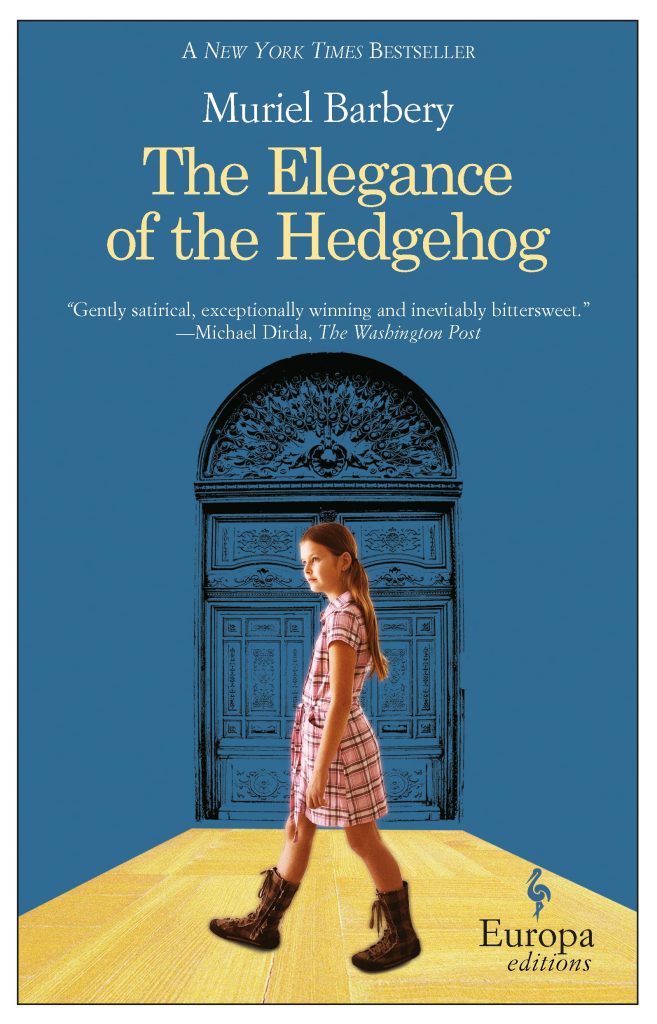
4. One Word Title
Sometimes, less is truly more. A single, powerful word can be incredibly memorable and intriguing as a title. Think of words that carry weight or have a unique connotation related to your story. Even before he was a household name, Stephen King made great use of short, simple titles like Carrie and Rage.
You May Also Like: How To Write Like Stephen King (And Still Be Unique)
Before settling on a short, especially one-word title, I recommend you make sure there aren’t too many things with that name. Research titles within your genre to ensure your choice stands out and isn’t easily confused with existing works.
While there aren’t usually any copyright issues when it comes to single words or names, something unique is important for making your book discoverable amid a sea of search results.
5. An Adjective And Noun Combo
Much like the advantage of a one-word title, the classic structure of an adjective paired with a noun is often a strong yet reliable option for many genres. The key is to choose words that are both descriptive and evocative, and still accurately describe the book.
Some examples you may be familiar with are Sharp Objects by Gillian Flynn and The Scarlet Letter by Nathaniel Hawthorne. Whatever you pick, ideally, the combination will be unique within your genre and grab the reader’s attention beyond a simple description.
6. Weave In Metaphor
Your novel likely explores deeper themes and ideas. Consider how you might encapsulate one of these core themes through a compelling metaphor. Combining some element of your central message with a figurative element can create highly resonant, unique titles.
Some good examples of this are The Lord of the Flies, The Grapes of Wrath, and To Kill a Mockingbird. To Kill a Mockingbird isn’t literally about killing a bird. The bird represents innocence and harmlessness. The mention of killing it symbolizes the destruction of that innocence.
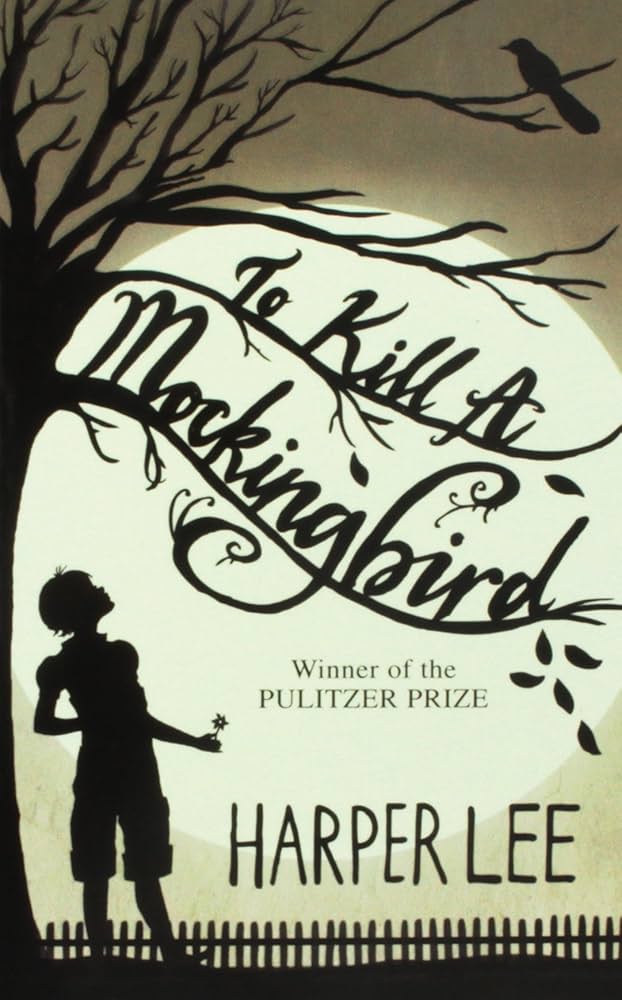
A well-chosen metaphor can hint at the story’s emotional core without giving away too much of the plot, and be a great way to come up with meaningful, unconventional titles for your book. If you struggle with finding the theme of your book, check out my deep dive here: What Is Theme In A Story – 8 Mistakes To Avoid
7. Explore Your Genre Norms
Genre norms are a double-edged sword. On one hand, they’re the norm for a reason, and ignoring them altogether probably isn’t a good idea. If you’re writing a dark thriller, you want a title that somehow represents that tone and subject. But you don’t want to do so in a way that is cliche.
In short, the goal is “familiar but unique.” Take a look at the broad landscape of your genre. Are titles generally more concrete, referencing specific places, objects, or characters? Or do they lean towards the abstract, evoking feelings or concepts?
By looking at the strategies of titles of around ten successful books in your category, you can find the existing trends and then consciously decide whether to align with them or deliberately deviate to carve out a unique space.
8. Leverage Curiosity
One of the most effective ways to hook a potential reader is to pique their curiosity right from the start. This can be done by posing a question directly in your title or making a statement that raises questions.
Take “Have You Seen Luis Velez?” by Catherine Ryan Hyde as an example. It makes a direct inquiry about a specific individual, and makes the reader wonder who Luis Velez is and why his whereabouts are important.
One that I loved when I first saw it is Eleanor Oliphant Is Completely Fine by Gail Honeyman. It’s a simple statement that ends with the slightly odd “Completely Fine,” which makes you wonder… Is she though?
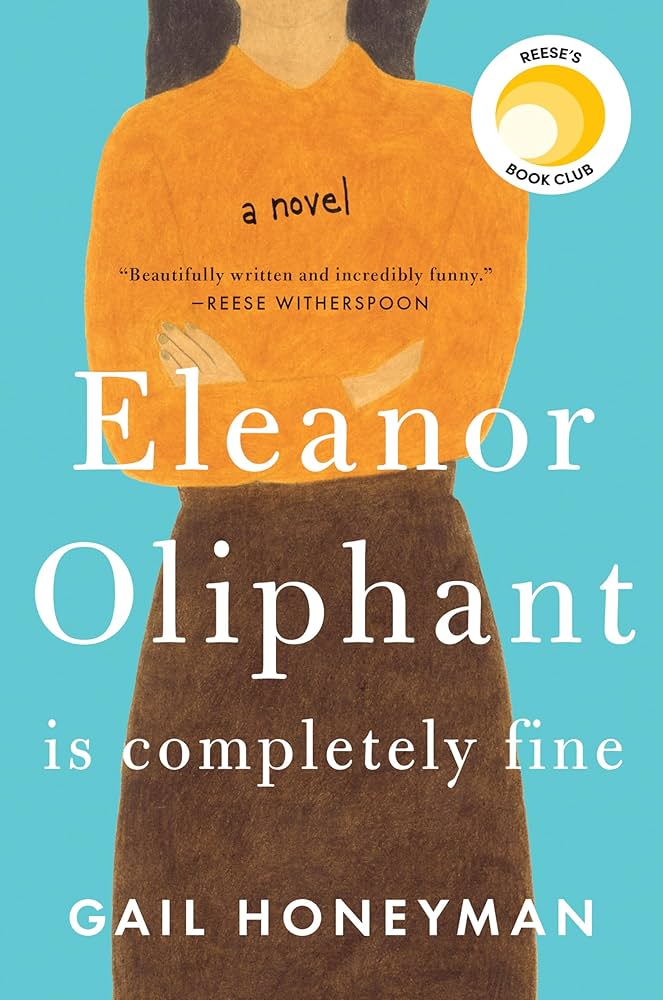
Anything that makes readers wonder “What happens next?” or “Why is that the case?” can encourage someone to pick up your book. As always, be sure you’re being true to the plot with the title so that you’re not misleading readers.
9. Use A Popular Phrase
Familiarity can be a powerful tool. Think about popular phrases, idioms, or even well-known sayings that may fit with the themes or plot of your book. Using something that people recognize gives you the advantage of familiarity and hints about your possible topics in a subtle but helpful way.
Many of these, like “A Wolf in Sheep’s Clothing” or “By the Skin of My Teeth,” happen to be metaphors (which I covered above) and have the added advantage of being well-known. As mentioned in my Literary Devices Cheat Sheet article, an Allusion to another work of art, culture, or history can also instantly paint a picture for readers.
10. Poetry As Inspiration
If you have an appreciation for poetry, you can draw inspiration from lines that you like that may fit your story. Poetry is, well, poetic. And a line that conveys your novel’s themes or mood can create a beautiful and memorable title. And add a layer of literary sophistication and intrigue.
Your title will come down to which poems resonate with you and the nature of your story, so I won’t bother to make any recommendations. Instead, I’ll give you my favorite novel that took its name from a poem – For Whom the Bell Tolls” by Ernest Hemingway.
The title comes from the poem of the same name by poet John Donne:
“No man is an island, entire of itself… any man’s death diminishes me, because I am involved in mankind. And therefore never send to know for whom the bell tolls; it tolls for thee.” The title emphasizes the interconnectedness of humanity and the impact of war.
For Whom The Bell Tolls By John Donne
11. Add Subtle Ambiguity
While clarity about genre and core subject is important, a touch of ambiguity in your title can be a powerful draw. Ambiguous means having more than one possible meaning or interpretation. In other words, something that is unclear or inexact. A title that isn’t immediately obvious or has multiple possible layers of meaning can intrigue readers quite a bit. The key is to be subtly ambiguous, not confusing.
A real-world example that I think does a great job at this is The Vanishing Half by Brit Bennett. It presents a clear event – a vanishing – but the “Half” is very ambiguous. How does half of something vanish? Does it refer to a person, a relationship, or something else entirely?
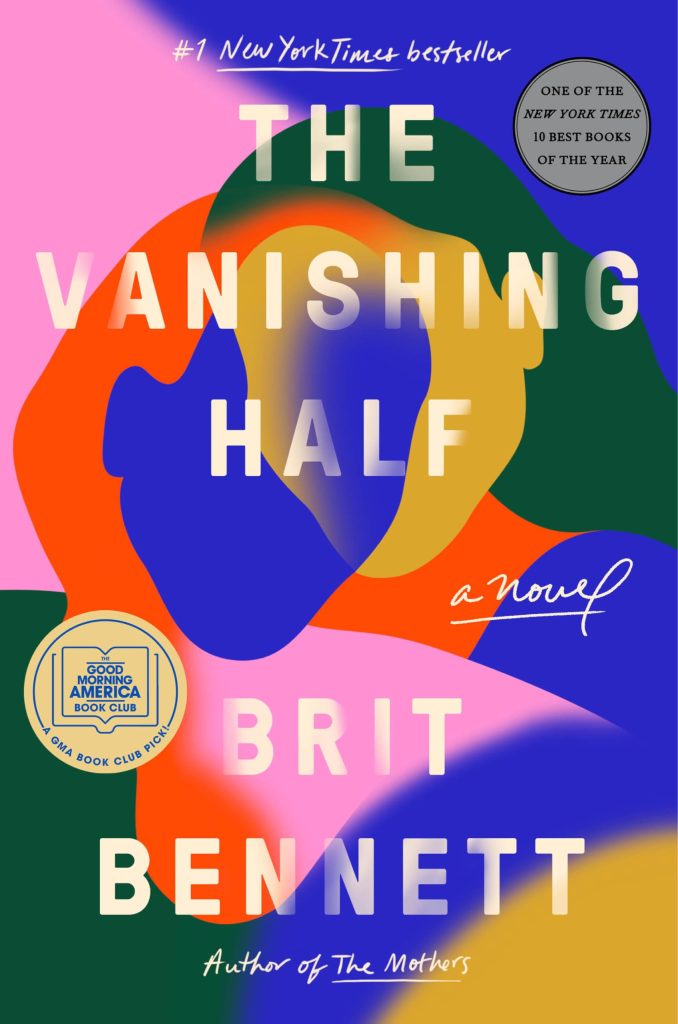
Overall, it does what you want your subtly ambiguous title to do – hint at a deeper layer without explicitly stating it. Invites readers to speculate, again, without simply confusing or misleading them.
12. Title Map For New Ideas
When you’re feeling stuck, try a brainstorming technique called “title mapping.” Write down a multitude of keywords, concepts, character names, locations, and phrases that are central to your book. Really, anything that comes to mind without thinking too hard.
Then, start experimenting with different combinations, seeing what unexpected and compelling pairings emerge. This free-flowing approach can often lead to creative and unique title ideas you might not have considered otherwise. If you find some options you like, try to refine them with some of the tips above and see what happens.
You can do this on paper or digitally. Sometimes, grabbing a scrap sheet of paper is more convenient, but when I have time, I use online options for added organization. In my experience, notes are also less likely to get lost this way. The Living Writer freeform plotting grid works well for this.
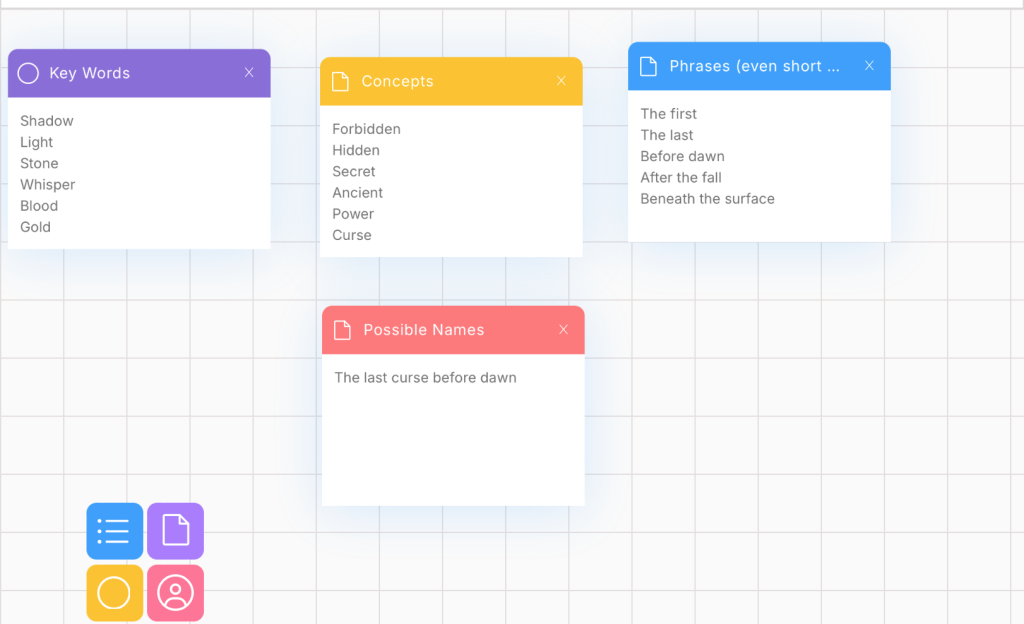
Conclusion
There you have it, my friends, my top tips on how to pick a title for your book that will hopefully make people pick it up and read it. That said, all that’s left to do is get out there and write! If you don’t already use LivingWriter for your novels, check it out via the link above the photo. Voted the best writing app of 2025 – From story outlines to more unique characters, LivingWriter helps you reach your full potential.